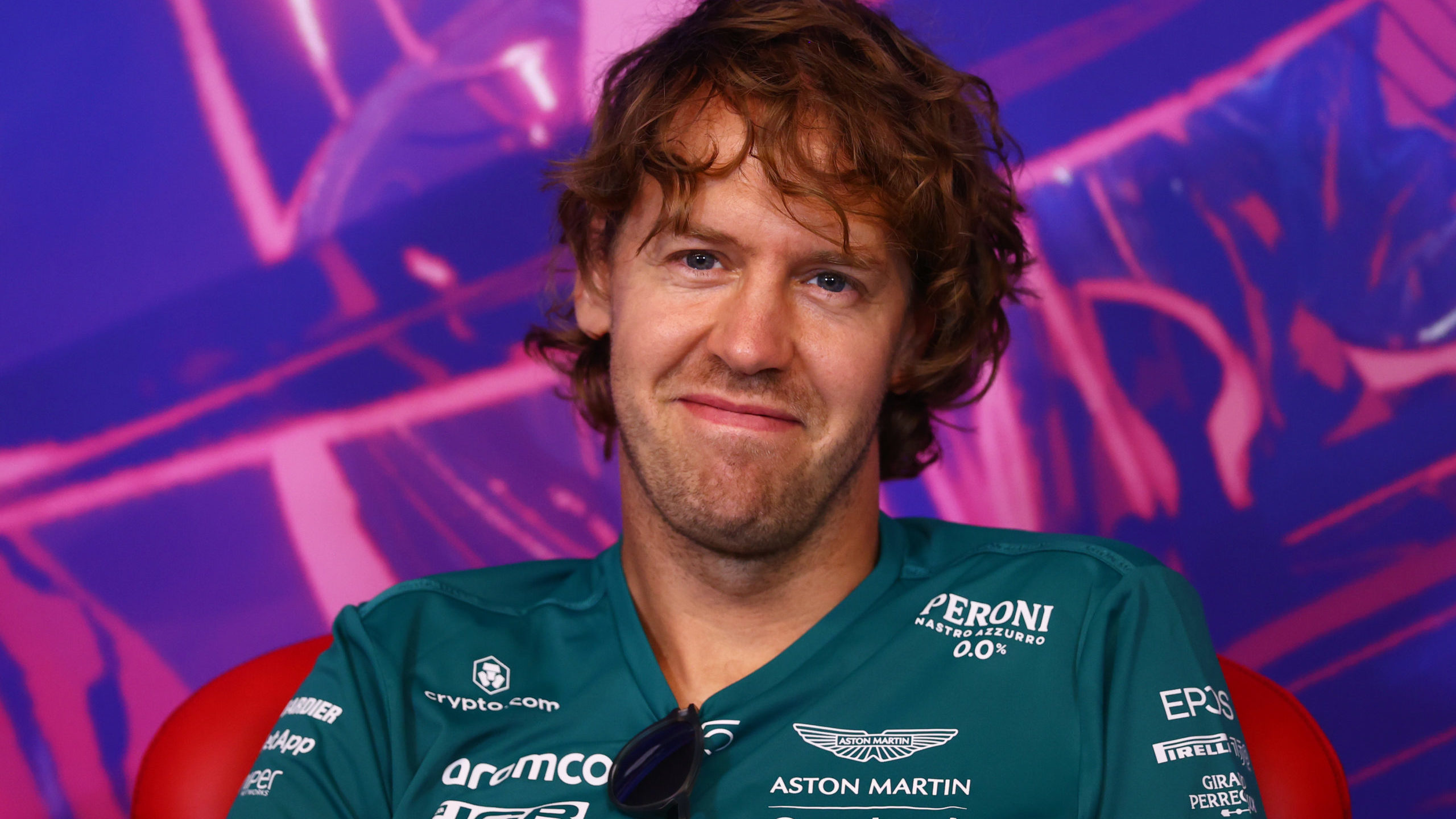
Sebastian Vettel’s understanding of Canada’s oil sands matches my knowledge of his high-performance race car.
Next to none.
So let me provide a crash course on an industry that is a world leader in environmental performance and social responsibility.
Vettel isn’t the first jet setting celebrity to set their sights on the oil sands, ignoring their own carbon-heavy lifestyles.
One of the most notable was Leonardo DiCaprio, the private jet flying, giant yacht sailing Hollywood A-lister who routinely demonstrates how out of touch he is when it comes to the environment.
Vettel didn’t win Montreal’s Grand Prix, but he lapped DiCaprio for hypocrisy. A few things right out of pole position, as it were.
Many of Canada’s Indigenous people embrace and support the oil and gas sector.
Canada’s oil sands producers have spent $15 billion with Indigenous businesses since 2012.
And Indigenous communities are big investors too. Fort McKay and Mikisew Cree First Nations’ 49 per cent ownership interest in the East Tank Farm at Suncor’s Fort Hills Mine is one of the largest Indigenous investments in Canadian history.
Dale Swampy, President of the National Coalition of Chiefs, points to oil and gas as key to community success and prosperity.
“To say that we are all against development is ludicrous. We’re in favour of prosperity,” he says.
Swampy says Indigenous participation is key to help make sure best environmental practices are in place.
The largest companies in the oil sands have set a joint target to reach net zero emissions by 2050.
Companies have doubled the land reclaimed since 2009, reaching over 8,000 hectares in 2019, with more projects underway. Oil sands producers have also collectively planted more than 25 million trees.
And as far as land use goes, as of 2018, energy development encompassed less than 2% of Alberta.
Since 2000, carbon capture and storage (CCS) projects in Canada, some tied to the oil sands, have safely stored more than 44 million tonnes of CO2, or the equivalent of taking more than 9.4 million cars off the road.
Mr. Vettel’s car(s), obviously, not included.
Oil and gas producers are Canada’s largest spenders on energy cleantech, spending an average of $1B per year.
Mr. Vettel also seems unaware the energy crisis now facing the world, as Russia gives a master class on how to weaponize energy.
The International Energy Agency projects that oil and gas will still supply 50 per cent of the global energy mix in 2050.
Mr. Vettel may prefer that supply come from Saudi Arabia, the owner of Saudi Aramco, which sponsors Mr. Vettel’s team and thus helps make his multi-million-dollar lifestyle possible.
But Saudi Arabia is not exactly a pillar of democracy. Nor does it demonstrate the commitment to human rights, labour rights, Indigenous opportunity, and continuous environmental improvement that Canada does.
Where you get your energy from matters now more than ever. But as we know, an empty barrel makes the most noise.
We aim to provide Mr. Vettel with facts about Canada’s oil sands, so his next pronouncements don’t ring so hollow.
Tom Olsen is the CEO of the Canadian Energy Centre
The unaltered reproduction of this content is free of charge with attribution to Canadian Energy Centre Ltd.